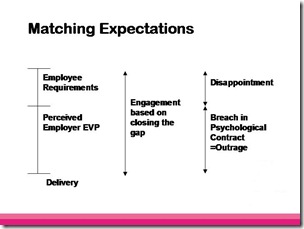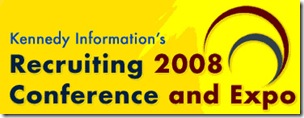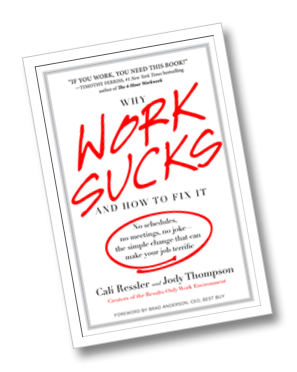My post on banking bonuses has been getting quite a bit of attention, for example
this post on Couraud's blog. And it may now be getting rather late, but the issue is starting to attract some broader attention, for example, in
People Management.
This article supports some of my conclusions in earlier posts, for example, stating that "bonuses have become a recruitment and retention tool rather than a reward for good performance" and includes a quote from Peter Christie at Hay proposing an answer to Couraud's question about why HR experts aren't lining up to give their views about what's gone wrong:
"Sadly there are many organisations in the City where HR is still seen as an overhead and a mere admin function. There are some highly capable individuals working in HR who are not being allowed to show what they can do."
(Not that highly capable then, as otherwise they'd have found a way to change the perceptions of their business bosses!)
Anyway, what I particularly wanted to focus on in this post is a comment in Business Week that City institutions have:
"Limited their focus on human resources and talent management primarily to finding the best or hungriest candidates, giving them virtual carte blanche."
That is, they resemble what's being described as a results-only work environment (ROWE). BNET explain that this approach, which was developed at Best Buy, is a management philosophy based on the premise that giving employees complete control over their time is the best way to increase productivity in the workplace:
"As Ressler and Thompson put it in their book ['Why works sucks and how to change it'], In a Results-Only Work Environment, people can do whatever they want, whenever they want, as long as the work gets done. This is not simply company-sanctioned flextime. A true ROWE has unlimited paid vacation time, no schedules, no mandatory meetings, and no judgments from co-workers and bosses about how employees spend their days. In other words, managers trust employees to get their work done and do not mandate — or even comment on — when, where, or how it happens. Because everyone is evaluated based on what they accomplish, as opposed to how much time they spend looking busy at their desks, it becomes clear very quickly who is actually getting work done and who isn’t."
Best Buy use the approach across office / knowledge based departments. Lance Haun from YourHRGuy and HRMToday notes that it's ill suited for industrial environments, and Tammy Erickson points out that it wouldn't really apply to job requiring coverage, like dealing with people in a hotel or retail store. However, she does seem to be generally quite positive about the approach and notes that it fits well with the cultural norms that are developing around Generation Y.
The approach is credited with some significant changes at Best Buy, including average productivity increases of 35% (along with a 77% average increase in involuntary turnover) and in at least one department, improvement in employee retention by 27% and a 50% increase in cost reductions over two years.
However, despite these benefits, I find myself feeling uncomfortable about the approach (despite working in what I suppose is a ROWE myself). I do like some of its aspects. Not judging people by how they spend their time, or how much time they spend at the office should be a pretty basic principle in any organisation. And I've previously posted favourably on IBM's policy of allowing people freedom in deciding how much holiday to take, and Semco's even more democratic environment, which both seem to fit with a ROW environment.
But I don't like some of its other aspects, such as BNET's suggestion that managers stop managing by walking around ("send them an e-mail instead").
And what about activities and their outputs which are largely intangible? I can't imagine that Google would have had the success they've had if the company had only paid for success, not for their employees' 20% time.
And at least as importantly, I disagree with the pure focus on results, because I think that managing behaviours / competencies are also vitally important.
I also think the fact that the management of behaviours has been missing from many City firms (at anything other than a very superficial level) is one of the reasons that banking bonuses are retrospectively being seen as part of the current problem.
I attended a CIPD session last year where Ian Davidson, Head of Compensation and Benefits at Commerzbank AG talked about the problems managing around behaviours in the City. One of his examples was a trader walking away from an open position and his colleagues refusing to cover for him. He explained that there was nothing the firm could do since they were all profitable traders.
I think that this reluctance to tackle behaviour has been one of the factors leading to the cultural issues in some city firms that I referred to in my previous post. And given the problems these firms have been experiencing recently, I wouldn't recommend applying the ROWE concept, either in the city, or elsewhere.
 The final, linking, process in the career partnership cycle...
The final, linking, process in the career partnership cycle...









































